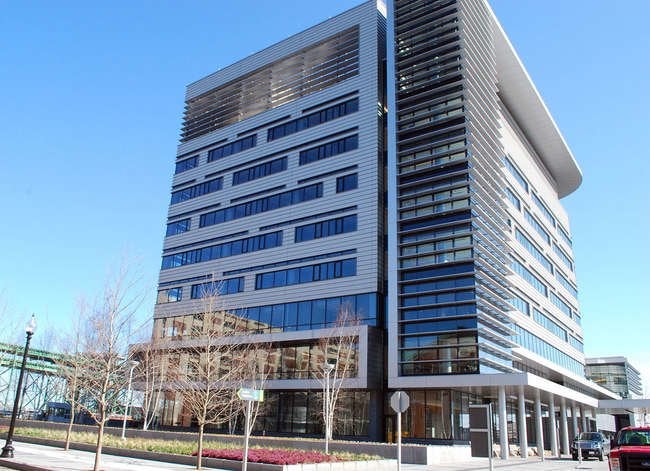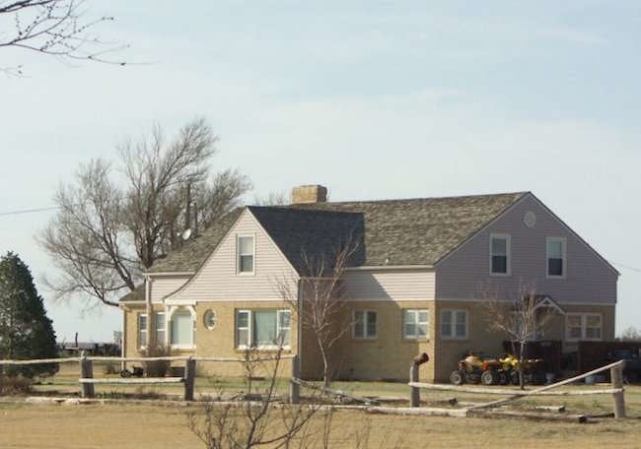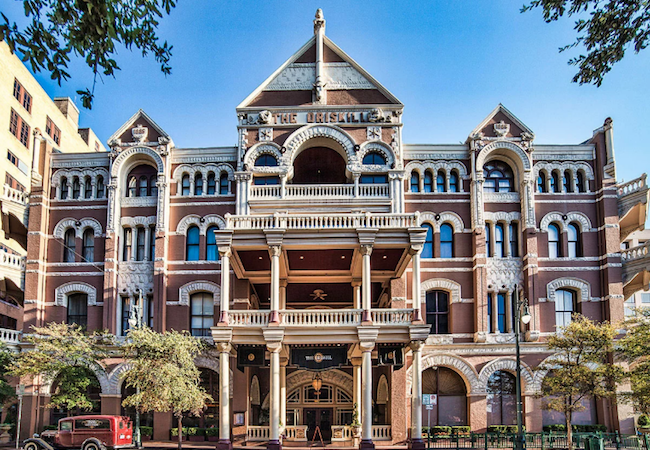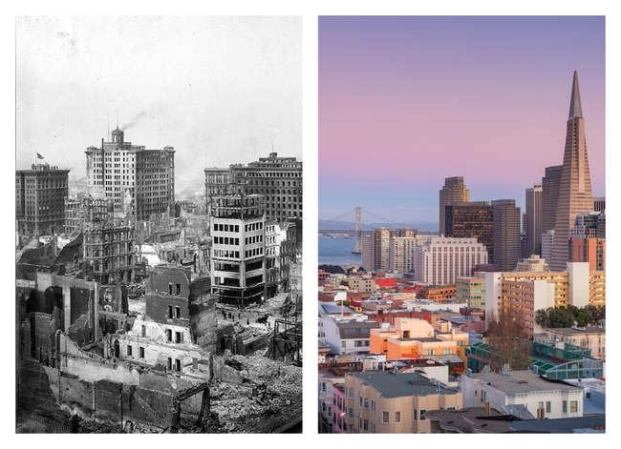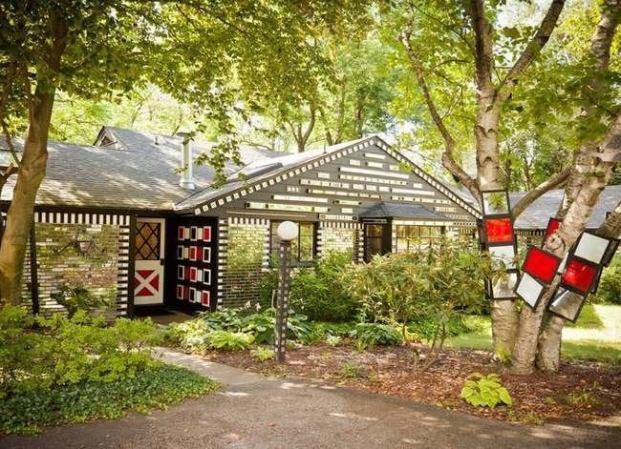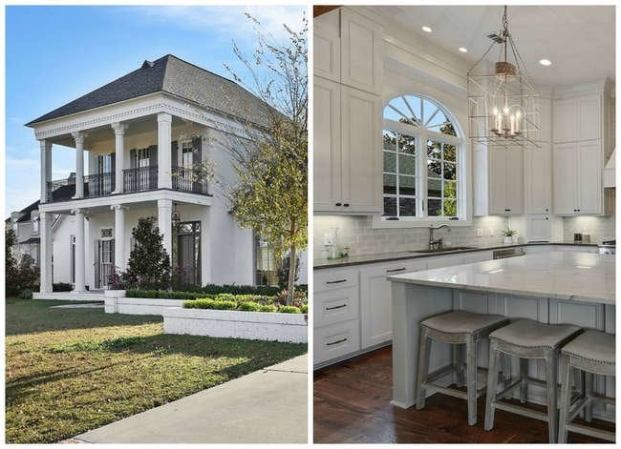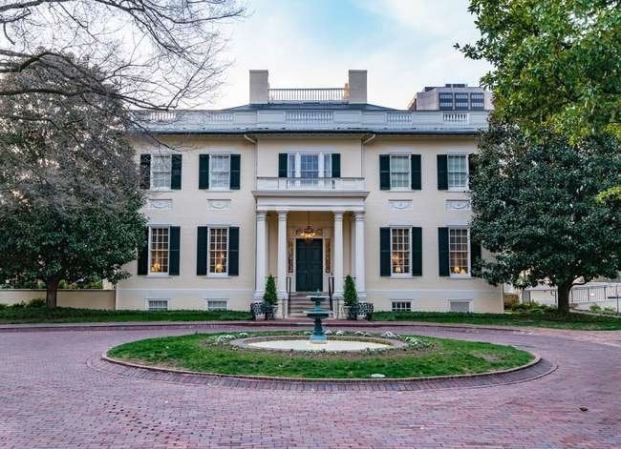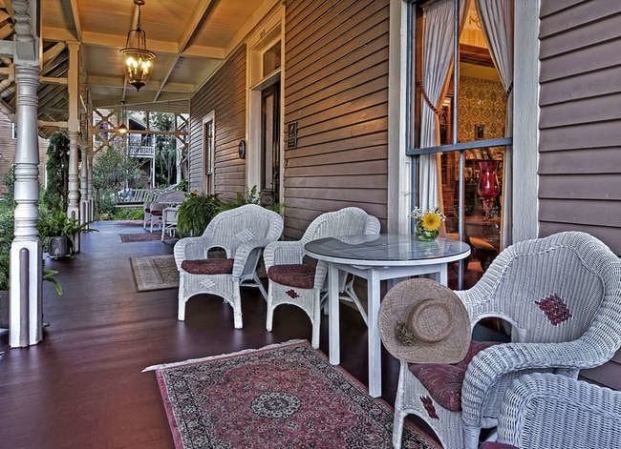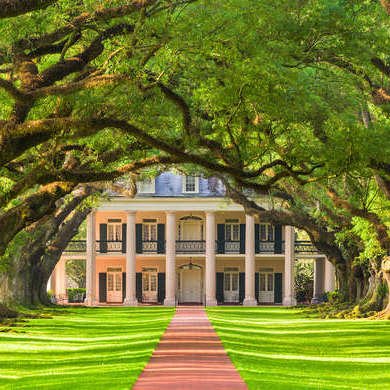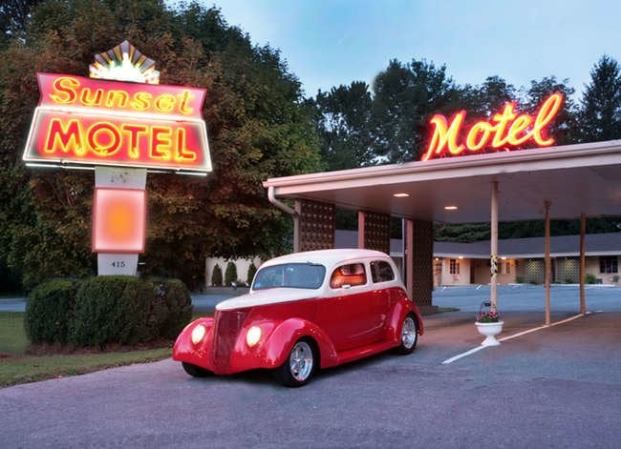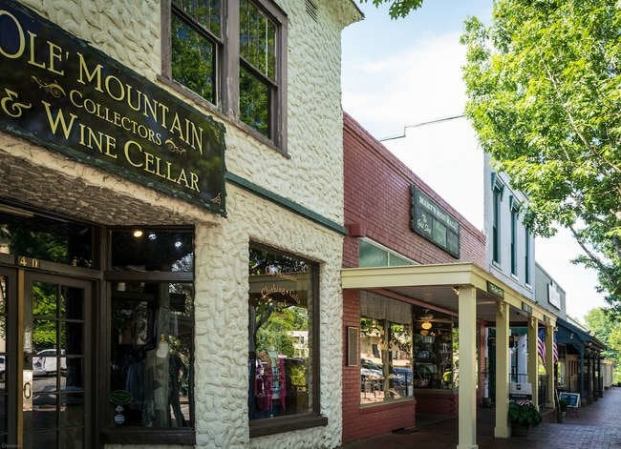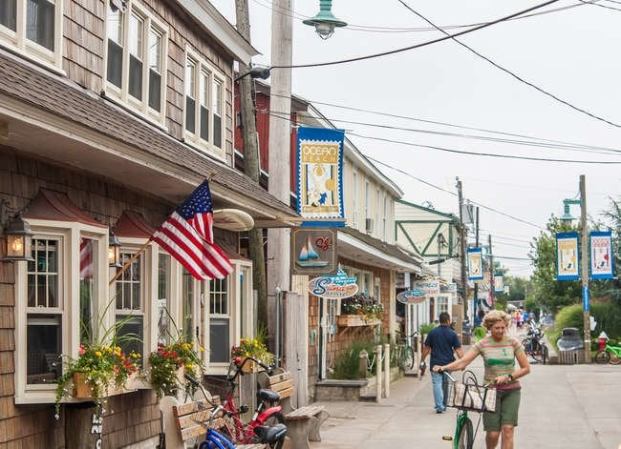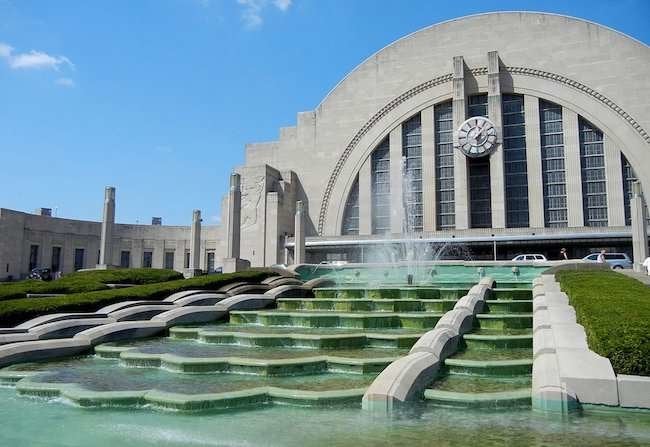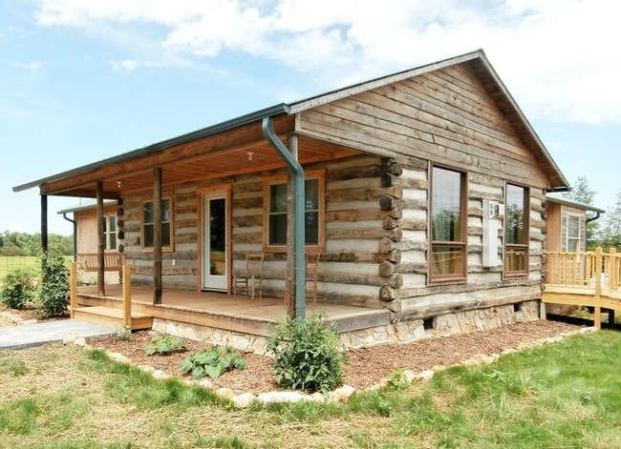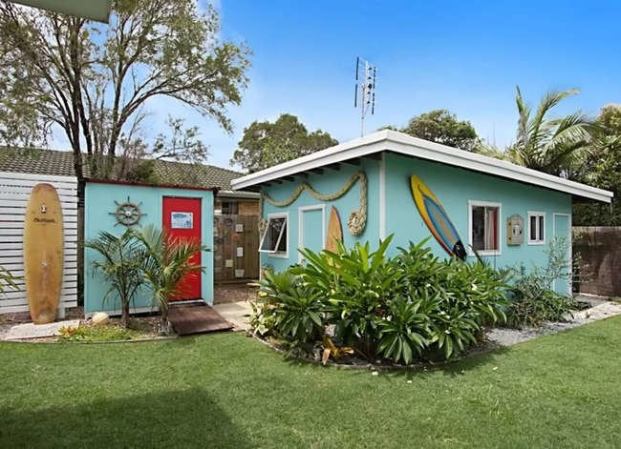We may earn revenue from the products available on this page and participate in affiliate programs. Learn More ›
Public Safety Building in Salt Lake City, Utah
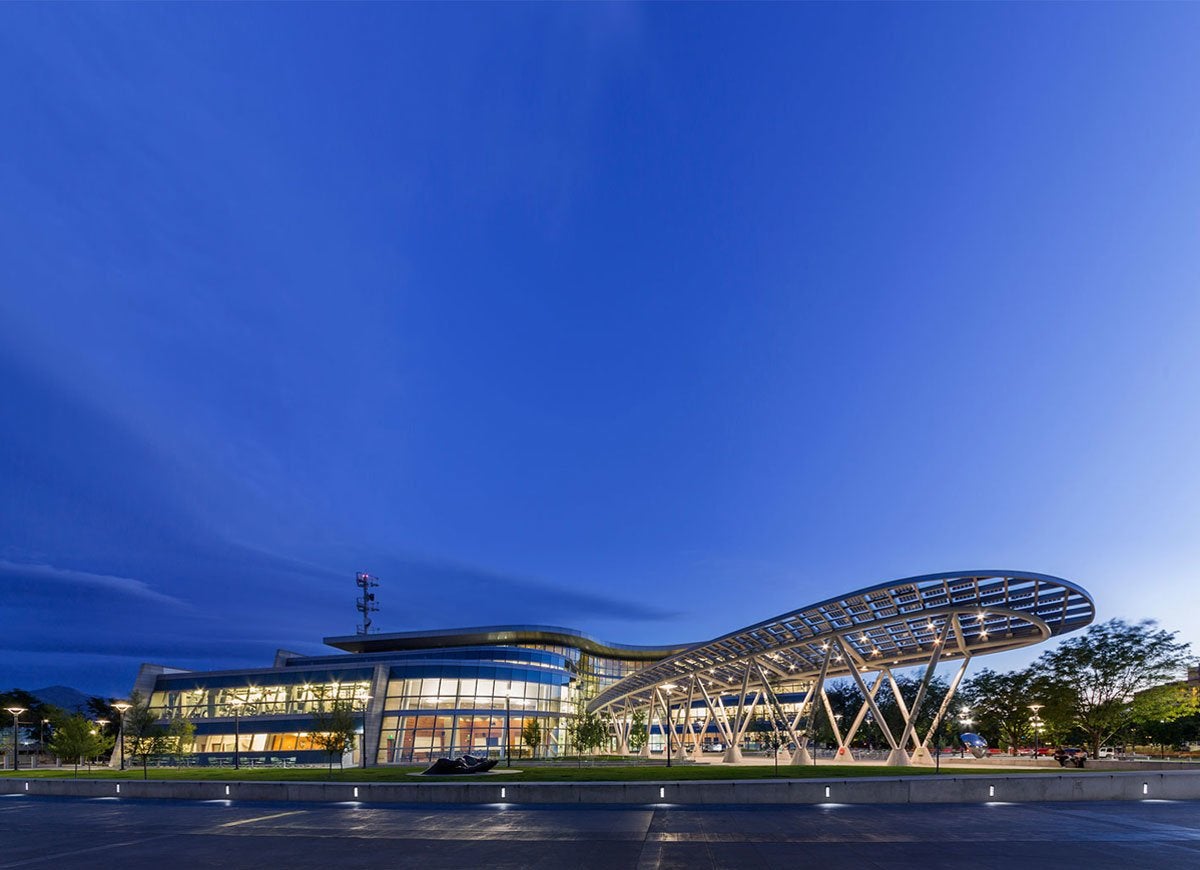
If an earthquake hits Utah’s capital, one of the best places to hunker down would be the Salt Lake City Public Safety Building, which houses the city’s fire and police departments. An architectural triumph of steel, the 175,000-square-foot structure is not only LEED certified for energy efficiency, but it’s also built to withstand earthquakes measuring up to 7.5 in magnitude. The building owes its temblor resistance to seismic dampers that absorb shock, allowing everyone inside to remain safe.
Related: After Disaster: 8 U.S. Cities That Went from Ruin to Rebirth
One World Trade Center in New York, New York
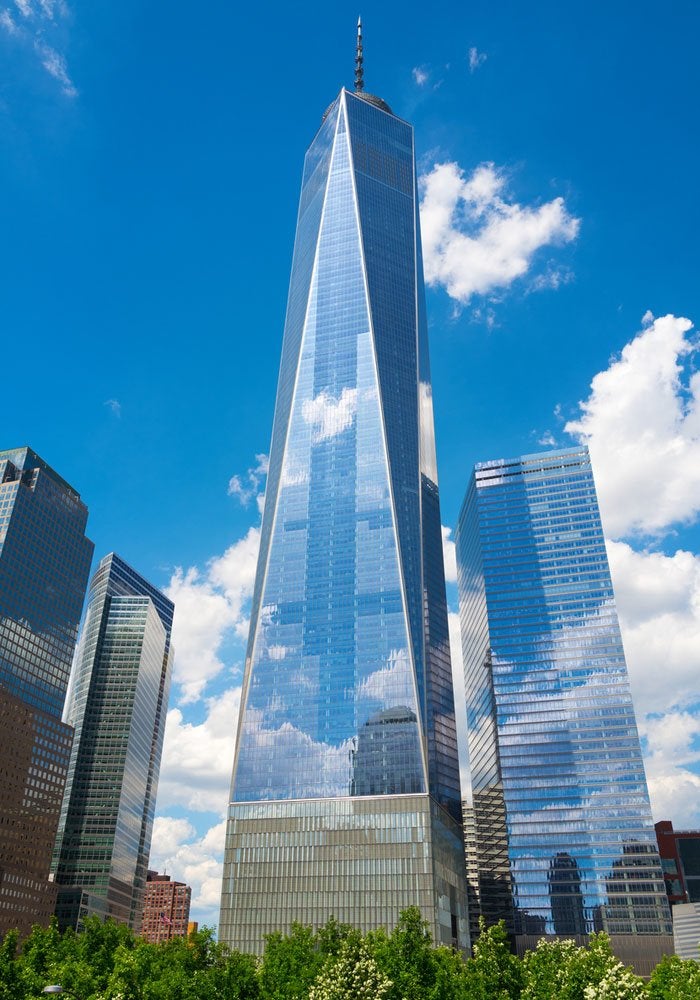
New York’s iconic skyline is constantly changing, thanks in part to super-strength industrial-style buildings like One World Trade Center. The 1,792-foot-tall steel specimen, which stands as a tribute to the original World Trade Center, features a 185-foot-high concrete base and blast-resistant plastic that make it stronger and more durable than typical buildings of its scale. It’s a lasting testament to the resilience of this great American city after the September 11 attacks.
Spaulding Rehabilitation Hospital in Charlestown, Massachusetts
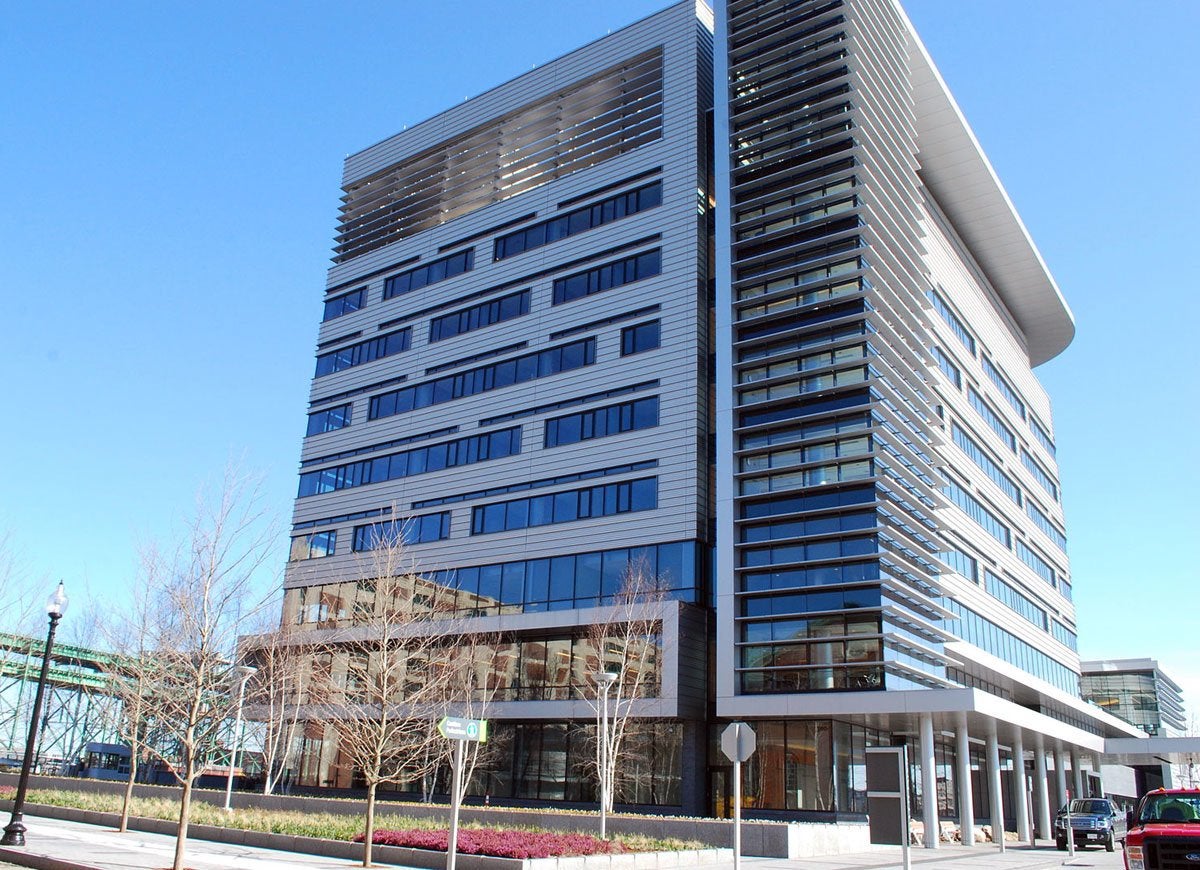
commons.wikimedia.org via DlouieSRN
This eight-story, 132-bed hospital is located in the Charlestown Navy Yard––a terrain particularly vulnerable to hurricanes and storm surges––but it has little reason to fear Mother Nature. Its well-conceived drainage system, high-efficiency heating and power systems, and foam-insulated frame help it withstand floods. For additional protection, the first floor of the building was set roughly 30 inches above the 500-year floodplain elevation, ensuring that the hospital will survive future sea level rises.
Wilshire Grand Center in Los Angeles, California
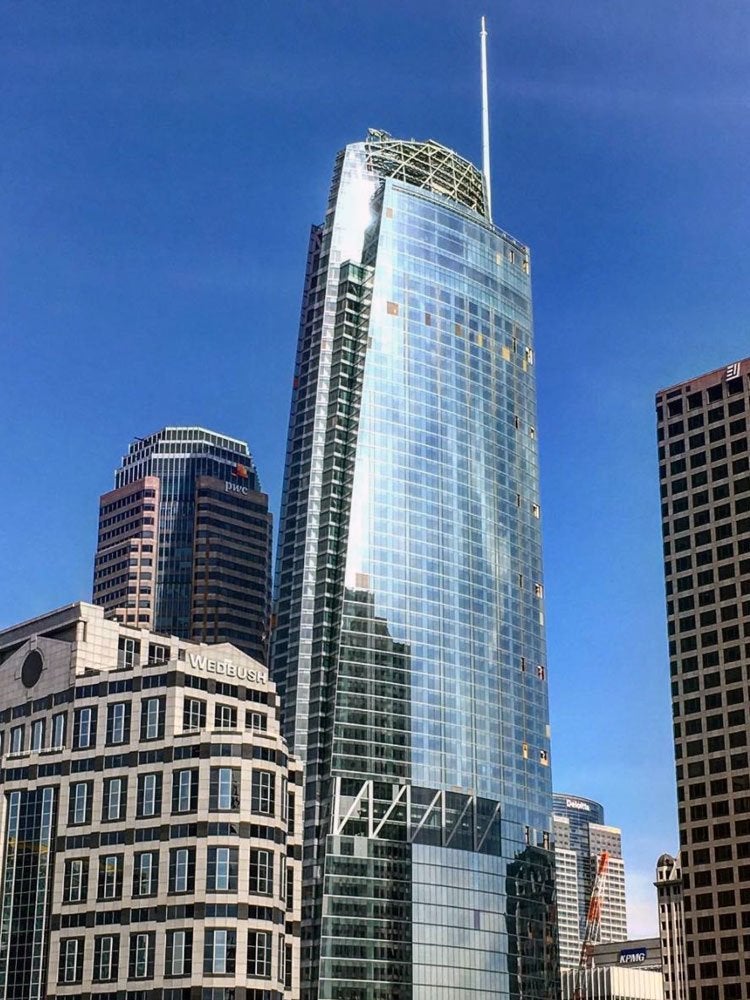
commons.wikimedia.org via Fredchang931124
Although you’d never guess it by the elegant exterior reminiscent of a cigarette lighter, the Wilshire Grand Center was cleverly engineered to survive a major seismic event. The 1,100-foot-high building, the tallest on the West Coast, features a concrete core reinforced by buckling-restrained braces that enable it to withstand an earthquake as great as 7.4 in magnitude.
The U.S. Bank Tower in Los Angeles, California
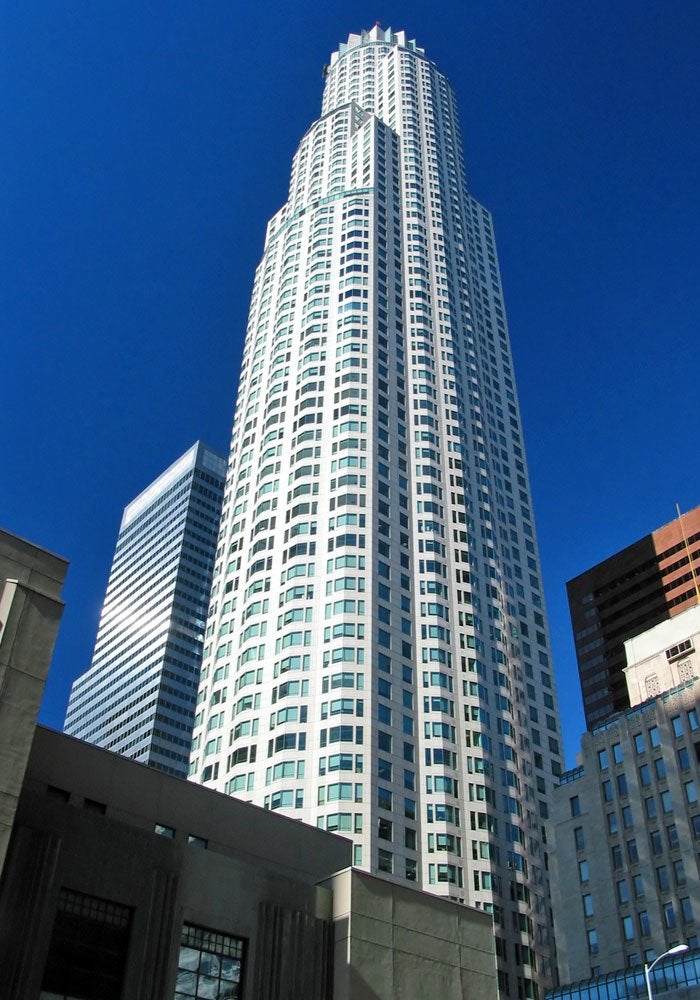
The Wilshire Grand may eclipse the U.S. Bank Tower in height, but when it comes to impact resistance, this 1,018-foot tower in downtown Los Angeles may have its neighbor beat. The 75-story skyscraper can survive an earthquake measuring up to 8.3 in magnitude with the help of bi-directional reinforcement of the steel core and impact-resistant granite strips on the exterior.
AT&T Long Lines Building in New York, New York
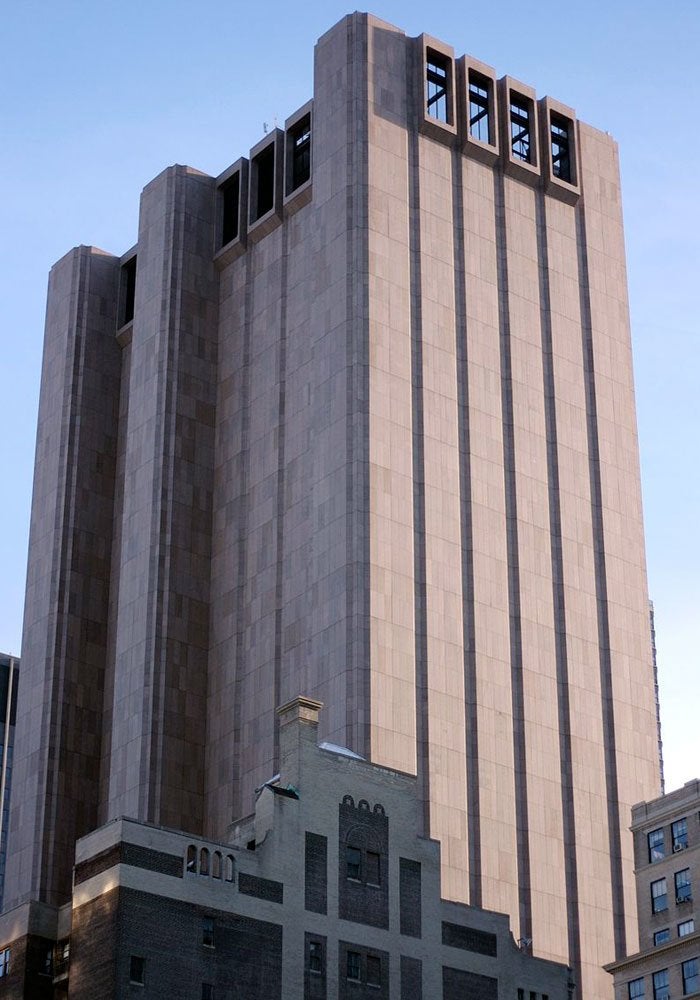
commons.wikimedia.org via Marcin Wichary
Not all nuclear fallout shelters are hidden in secluded trenches or deep underground. Located in plain sight on Thomas Street, the 550-foot AT&T Long Lines Building, built in 1974, was designed to protect inhabitants from nuclear fallout for up to two weeks. The floors are above average in height but also in strength—they can shoulder 200 to 300 pounds per square foot of impact load.
Related: The Secret Histories of 15 Grand Old American Mansions
1450 Brickell in Miami, Florida
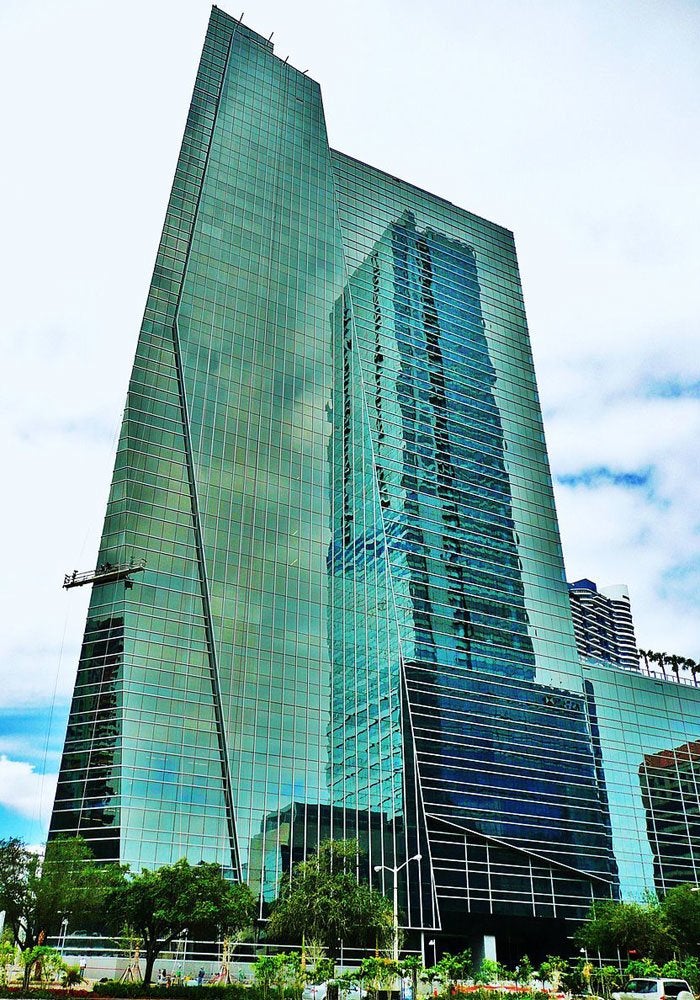
commons.wikimedia.org via Averette
The head-to-toe turquoise-tinted windows on this 500-foot corporate tower make for a showstopping spectacle in downtown Miami. But the windows’ good looks aren’t even their finest quality. The hurricane-proof glass can withstand winds up to 300 miles per hour without shattering, making these the strongest windows in a commercial building in the country.
Related: 18 American Towns Every Old-House Lover Needs to See
Cheyenne Mountain Complex in Colorado Springs, Colorado
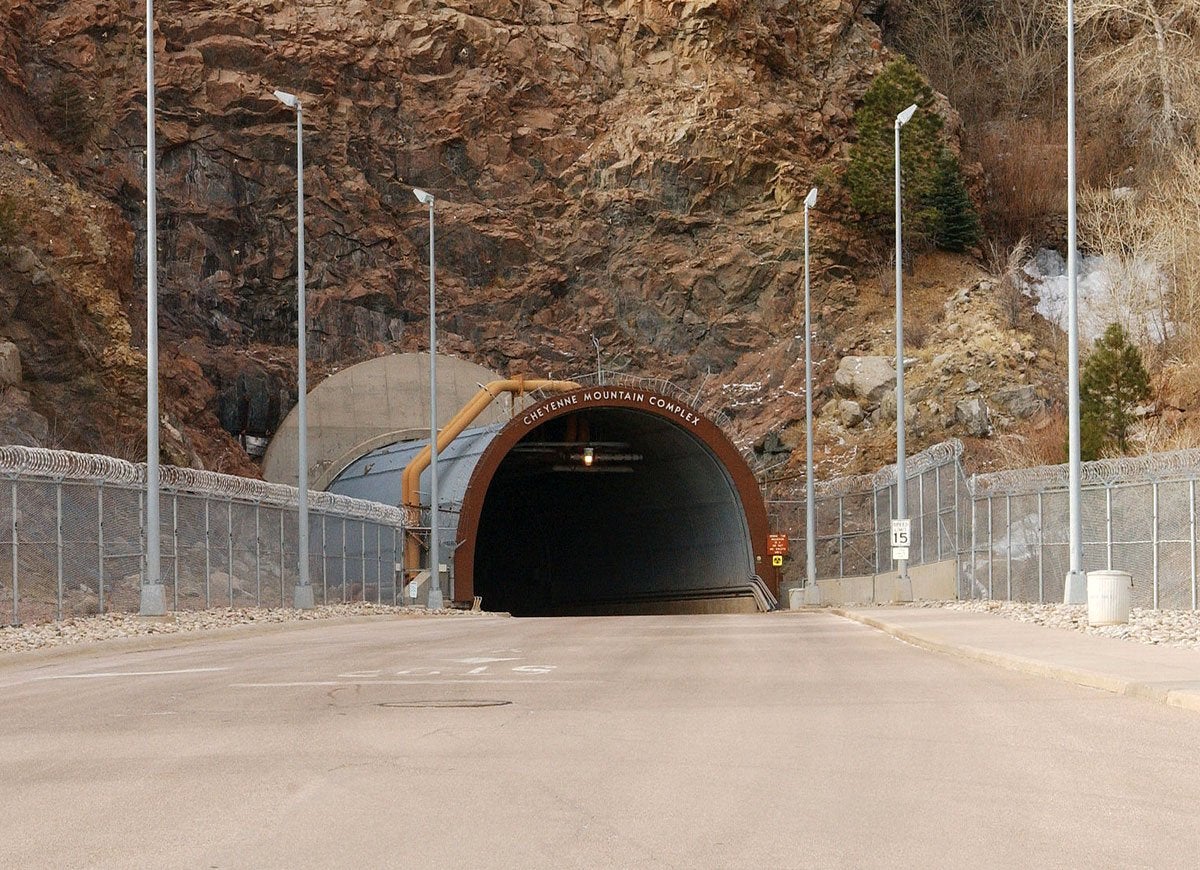
Enter the North Portal of this military installation at the foot of Cheyenne Mountain, and you’ll walk through a nuclear bunker that’s the former center of the United States Space Command. The 25-ton blast doors and blast valves in the air intakes and outlets allow the bunker to withstand a 30-megaton explosion from as little as two feet away. Thanks to the shelter’s proximity to a mountain spring, it also has a massive reservoir of over one million gallons of water at its disposal to fight fires.
Related: 16 Iconic American Homes Torn Down Before Their Time
Perez Art Museum in Miami, Florida
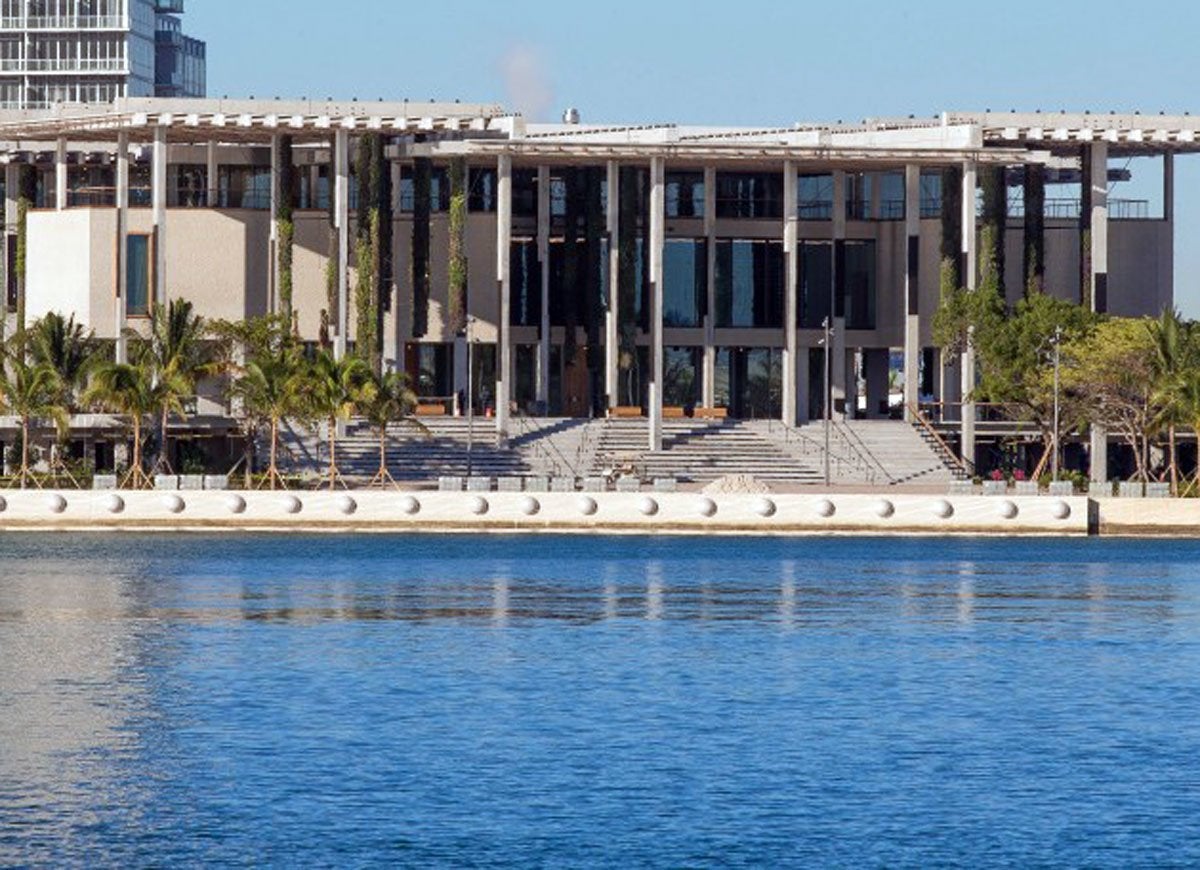
While the eclectic exhibits at this 200,000-square-foot museum are a major draw for Miami’s art lovers, architecture buffs are lured by the building’s impressive engineering. Its location on Biscayne Bay makes it a target for hurricanes, so the construction crew built it at a raised elevation to escape storm surges. They also outfitted the exterior with hurricane-resistant windows designed to withstand Category 5 winds. But the proof is in the pudding: The museum recently survived Hurricane Irma without structural damage.
Related: Yes, These 20 Weird and Wacky Museums Actually Exist
Comcast Center in Philadelphia, Pennsylvania
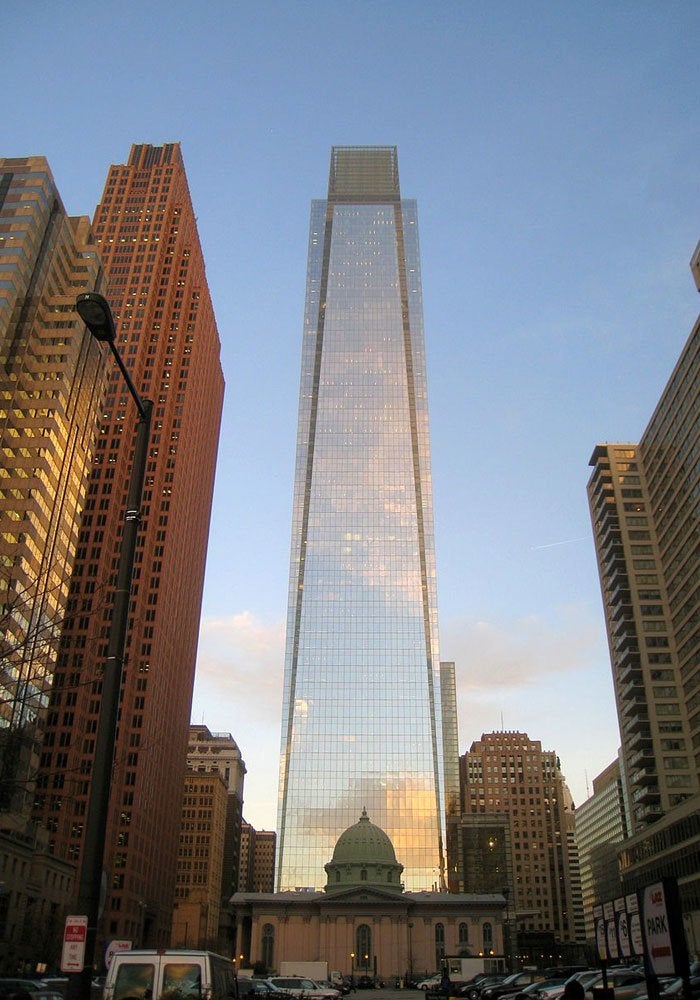
commons.wikimedia.org via Daderot
The tallest building in Pennsylvania is also one of the strongest. Soaring to a height of 973 feet, the corporate headquarters of Comcast was built with a concrete center, steel-framed floors, and mass dampers (vibration-reducing structures) for added stability. On the exterior, curtain-wall windows help the 58-story building fend off Philadelphia’s gusty winter winds with ease.
Related: 10 Essentials for Any Survival Kit
